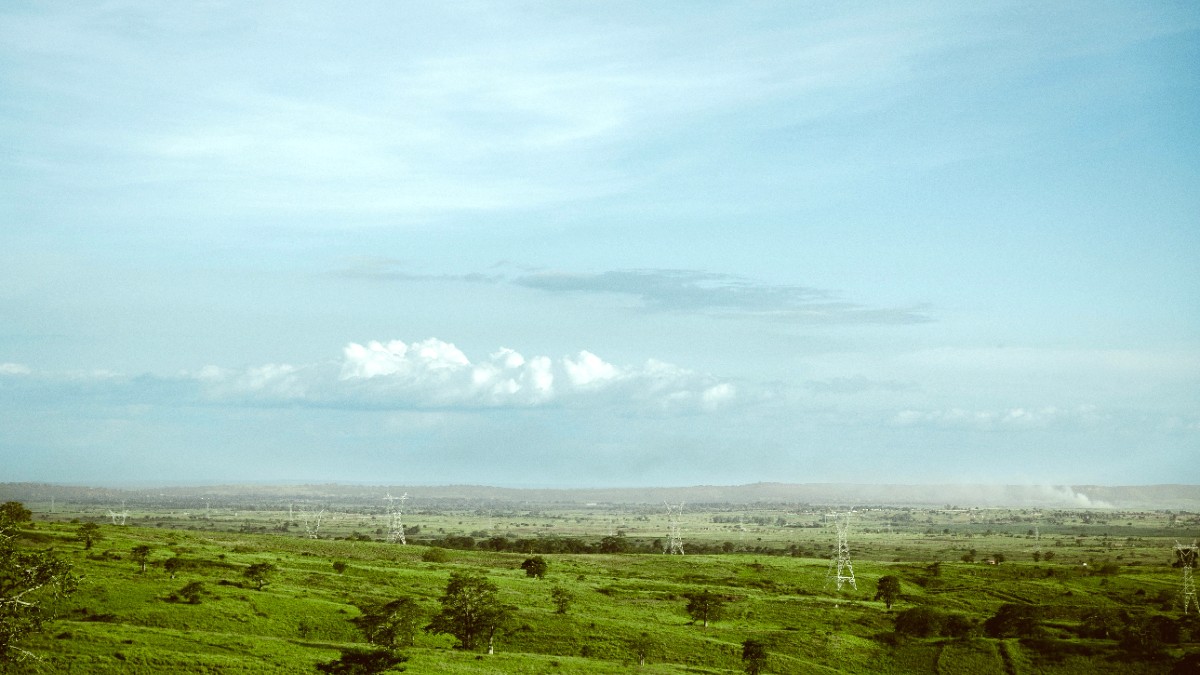
Angolan cuisine is a fusion from centuries of interaction. Portuguese arrival brought new ingredients like rice, beans, and cooking methods, along with dishes from Portugal and Brazil.
This blend creates a distinctive culinary identity, different from neighboring African countries. Staple carbohydrates like cassava and corn feature prominently, often served alongside rich stews and flavorful sauces.
Along the Atlantic coast (Luanda, Benguela, Namibe), seafood dominates. Dishes like Moamba de Peixe and grilled fish are common.
In central plateau and northern regions, meat-based stews (chicken, beef, goat) and starchy staples like Fungé are more common. Specific local vegetables are present.
Angola's national dish. A hearty chicken stew with palm oil (Dendê), okra, and onions. Its flavor is rich and earthy. Often served with Fungé or rice.
Find at local restaurants (Restaurantes) and smaller eateries (Cantinas).
A thick, dough-like paste from cassava or corn flour. A staple carbohydrate with Angolan stews. Use your hand to scoop and absorb flavors.
Widely available in traditional eateries.
Similar to Muamba de Galinha, but with fish (grouper or snapper) cooked in palm oil and vegetables. Common and popular along the coast.
A coastal favorite.
A light and tangy passion fruit pudding, a popular dessert with Portuguese roots.
Cocada is a sweet candy from shredded coconut. Banana Frita are simple fried bananas, often a snack.
Mainly in Luanda, often within luxury hotels or as standalone upscale restaurants. International cuisine, refined Angolan dishes, and sophisticated ambiance.
Available in cities and provincial capitals. A mix of Angolan and Portuguese dishes, plus some international options (Italian, Chinese).
Local Cantinas are small, informal eateries serving traditional Angolan meals at very affordable prices. Markets often have sections selling prepared food.
Due to a significant expatriate population, Luanda has restaurants offering Portuguese, Brazilian, Chinese, Italian, and other international cuisines.
Variety for those seeking familiar flavors.
Light meal: bread, coffee, fruit.
Main meal, 12:00 PM - 2:00 PM. Many businesses close.
Later in evening, from 7:00 PM onwards.
Smaller meals eaten throughout the day.
Have a list of dietary needs phrases translated into Portuguese (e.g., "Eu sou vegetariano/a" - I am vegetarian, "Não como carne nem peixe" - I do not eat meat or fish).
Communicate clearly and repeatedly.
For strict diets, purchasing ingredients from local supermarkets or markets and preparing meals at your accommodation may be the safest option.
Consider bringing necessary safe snacks.
Eating at a local Cantina presents an authentic, no-frills experience of Angolan daily life and home-style cooking.
Angola's national dish. A hearty chicken stew cooked with palm oil (Dendê), okra, onions, and sometimes pumpkin or sweet potato.
A thick, dough-like paste from cassava or corn flour. It serves as the staple carbohydrate alongside almost all Angolan stews.
Calulu: flavorful stew with dried fish/meat, vegetables. Moamba de Peixe: like Muamba de Galinha, but with fresh fish in palm oil and vegetables.
A light and tangy passion fruit pudding with Portuguese roots.
A popular dessert.
Cocada: sweet shredded coconut candy. Banana Frita: simple fried bananas, often a snack or side.
And various Doces (Portuguese-influenced sweets).
Often a light meal of bread, coffee, or fruit.
Typically the main meal, eaten between 12:00 PM and 2:00 PM. Many businesses may close for a break.
Specific dishes may be prepared for major holidays like Christmas or during Carnival celebrations, often involving richer meats or special sweets.
Angolan cooking presents rich and savory flavors. A balance of savory, mildly spicy, and tangy notes are present, achieved through slow cooking and fresh ingredients.